I've just set foot for the first time on PUBG creator Brendan Greene's new planet, and I've gotta say: it definitely looks like a planet. I see some rocks. I see a few trees. One day I walked around in a forest, the next, a desert. I see gentle hills and scattered boulders and a sun in the sky, but nothing out of the ordinary. At least not yet.
This is Preface: Undiscovered World, a tech demo from PlayerUnknown Productions, that uses Melba, Greene's new game engine, to create an "Earth-scale world" using "machine learning agents." Preface is the first step in what Greene estimates could be a "five or 10 year journey" to create a massively multiplayer sandbox the size of a planet (and perhaps the metaverse, maybe).
While all these rocks and trees and hills appear to be perfectly sensible and normal, this planet-sized planet I'm trudging around on may be hiding a few anomalies, at least according to the team building the game engine that generated this world.
"We found that a lot of planet Earth is kind of dull, it's very flat," senior engine developer Leon Lubking told me when I visited PlayerUnknown Productions last year. "We could, for example, train [Preface] only on New Zealand, and then you would get much more extreme landscapes, or the Himalayas, or some some islands and tropical places, and then you get different results."
Training the engine on a specific part of the world doesn't mean there won't be some surprises, however, as machine learning (ML) occasionally will, as the Preface team calls it, have a "hallucination."
"We're using ML agents, which will generate things that you don't always know what it's going to be. Lubking said. "It's just gonna do stuff, and we don't really know. So in essence, we don't know what's gonna happen when people play it. And we don't know what to expect ourselves."

That means while the team has discovered a few anomalies on their own while testing it, there may be more hidden on the planet that they haven't seen yet. "The ML does what the ML will, and sometimes it does stuff that is not supposed to be there. So you get these precipices we had, like a black hole, or the naval thing, where we had one tiny little [gap] where it went all the way to the Earth's core," Lubking said. "It would create weird terraces. At some point we had some buildings, and it would put buildings up 100 meters in the sky on little poles."
"The ML is going crazy in generating these kinds of things," said Noel Lopez Gonzaga, lead ML researcher at PlayerUnknown Productions. "Of course, we tried to keep it more under control. But there's always going to be a little bit of hallucination."
"It's gonna be a weird place."
Leon Lubking, senior engine developer, PlayerUnknown ProductionsWhile "hallucinations" is the marketing spin for "errors" that tech companies like OpenAI and Google have landed on to excuse their language models confidently stating incorrect facts and telling people to eat rocks, it seems somewhat fitting when applied to procedural environmental generation in a game. A few hallucinations in machine learning isn't necessarily a bad thing in this case, as Gonzaga added: "...sometimes it might create something [that] we don't want to constrain.
"We want to avoid obvious bugs," said technical director Laurent Gorga. "But we have to embrace anomaly as well. Because this is also part of the beauty. Some places on this real planet Earth look like total anomalies. And we don't want to avoid that."
Preface: Undiscovered World Early Access Trailer - PC Gamer Live: Most Wanted - YouTube

"The sea urchin planet was interesting as well. There are some knobs and levers that you can turn on the ML, and they basically made the differences in elevation very extreme. [The planet] looked like sea urchins, they've got these spiky things," Lubking said, adding: "It's gonna be a weird place."
I haven't spotted any anomalies myself on my various sprints across the virtual planet, but I haven't been visiting for all that long yet, and it's a planet the size of Earth so it's gonna take quite a while to explore. If you want to hunt for a hallucination yourself, you can download Preface: Undiscovered World on Steam and take a stroll—and be sure to use the waypoint and postcard tools to mark the location of any sea urchins or a black holes you find.

 6 hours ago
17
6 hours ago
17

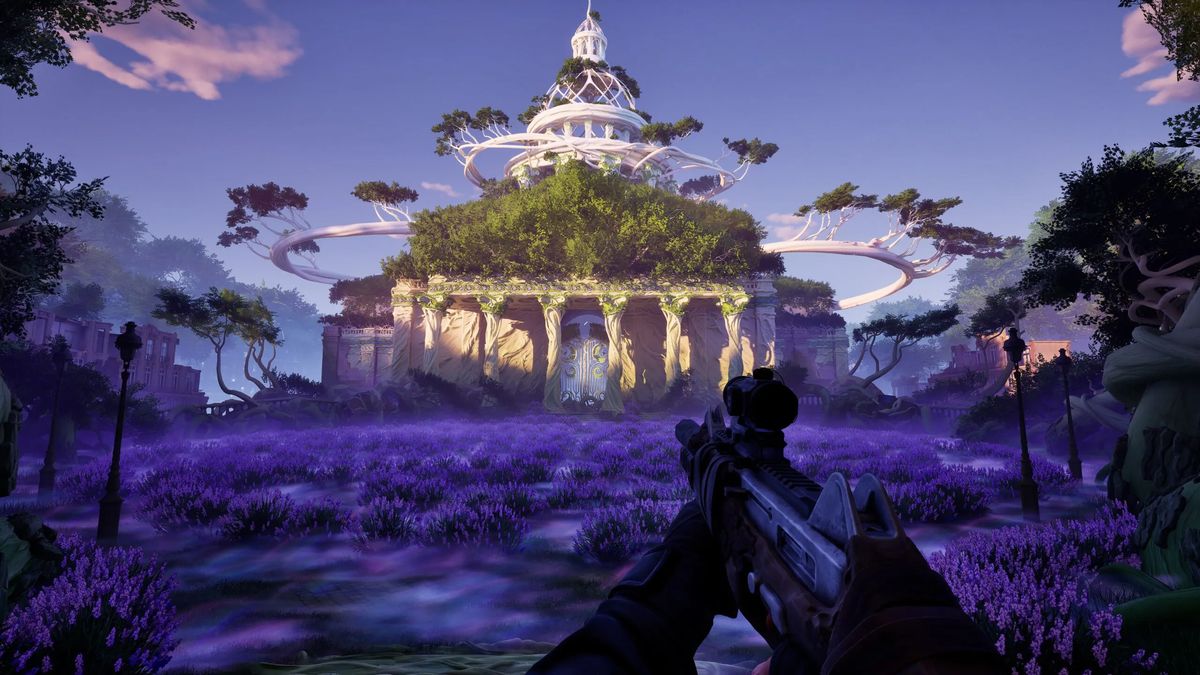
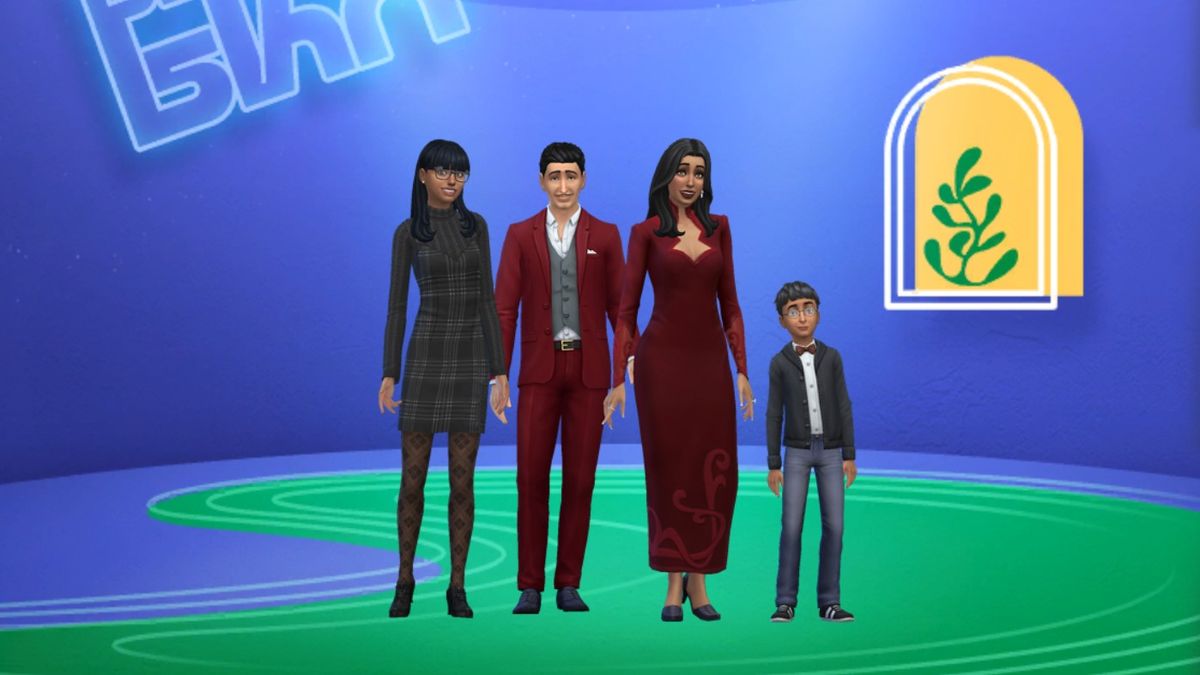
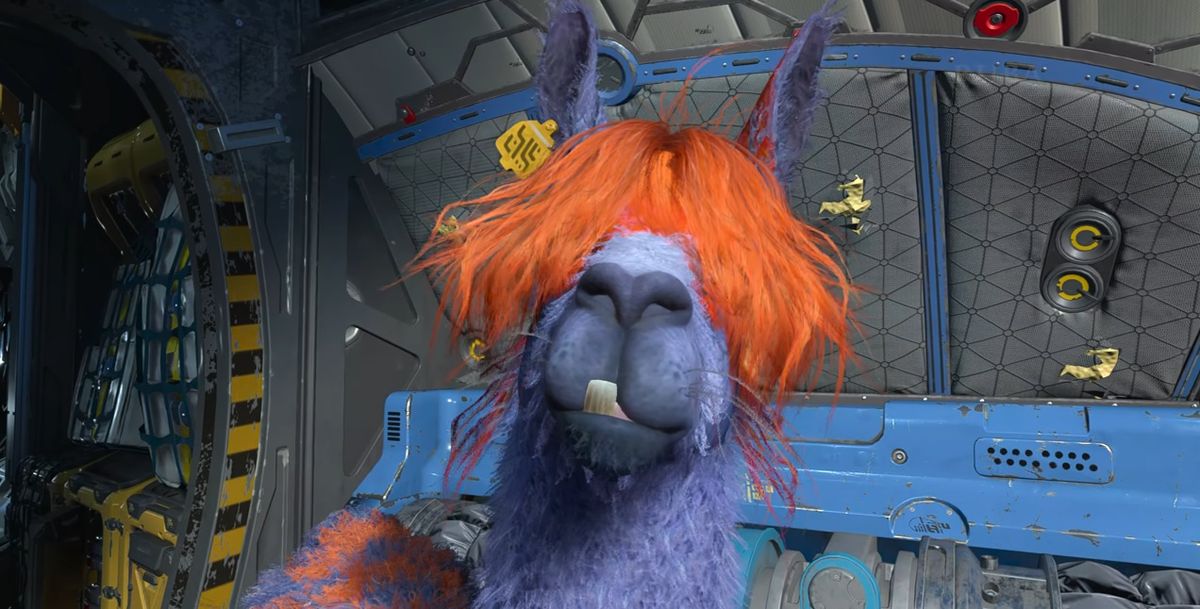
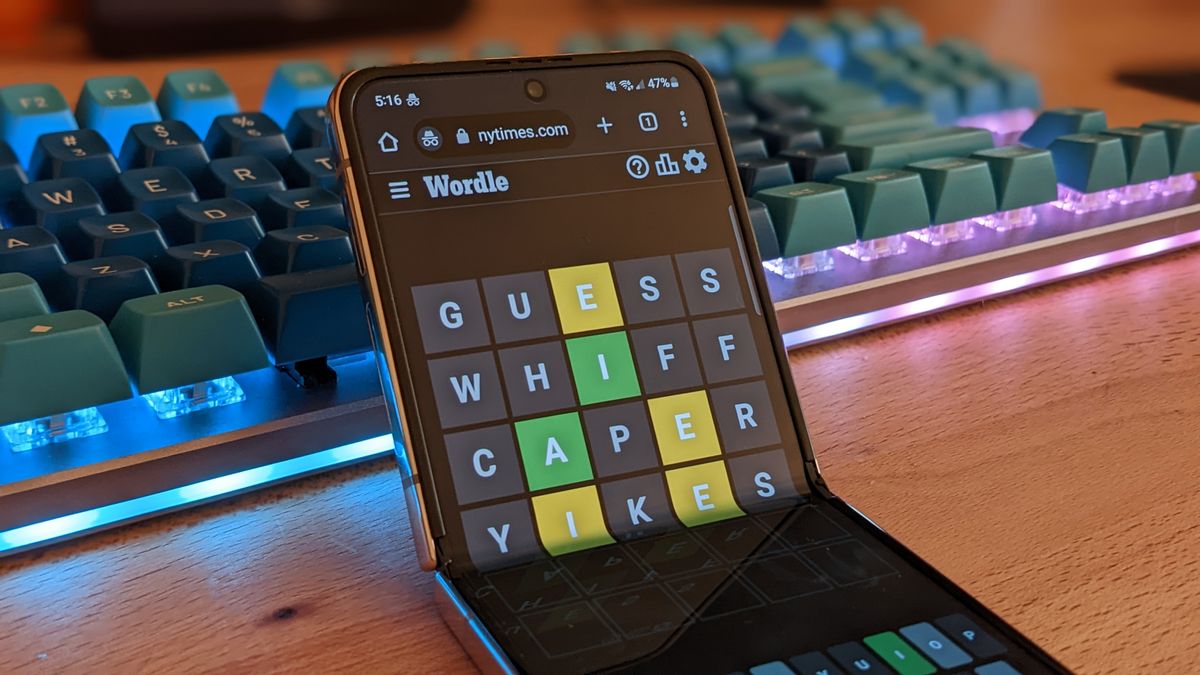

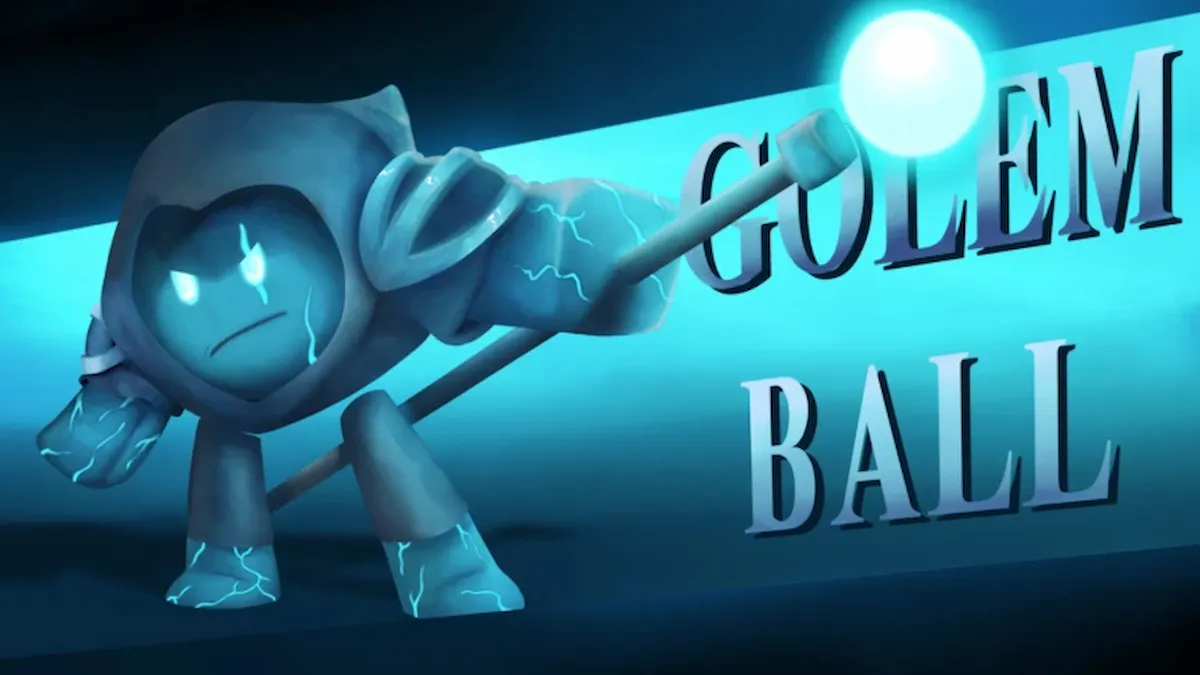
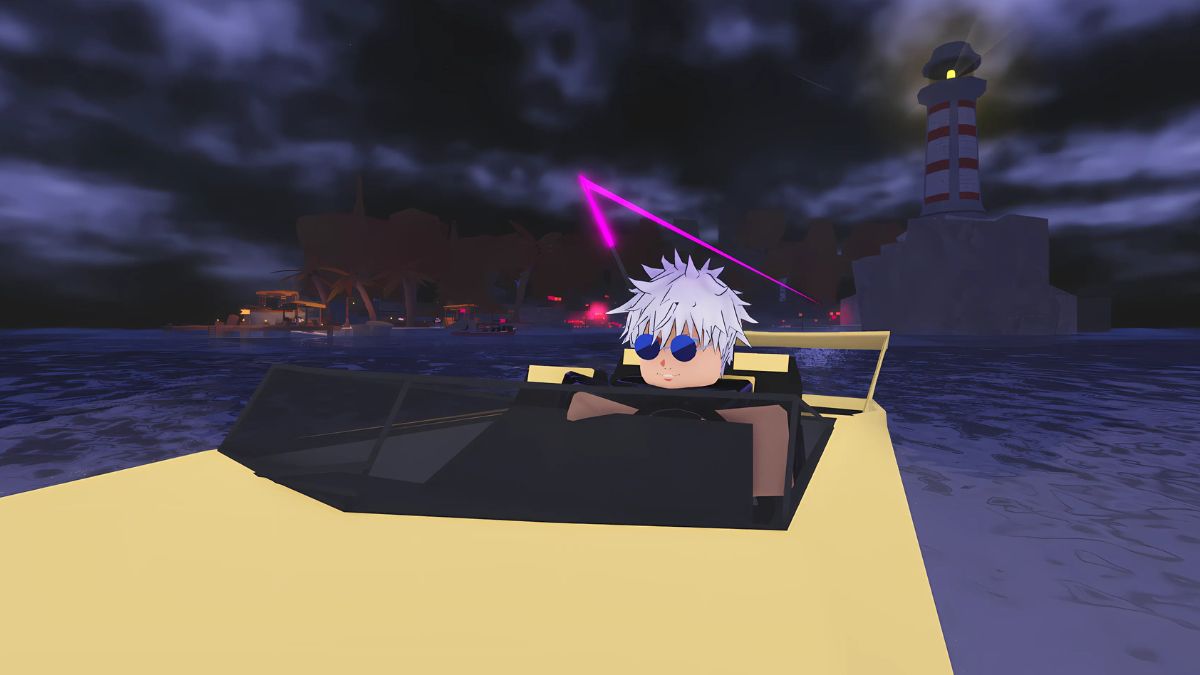
![Anime Reborn Units Tier List [RELEASE] (November 2024)](https://www.destructoid.com/wp-content/uploads/2024/11/anime-reborn-units-tier-list.jpg)
